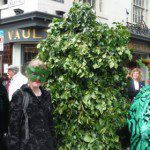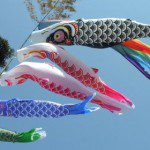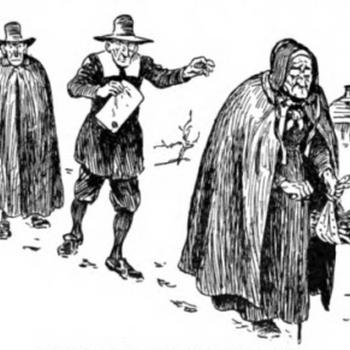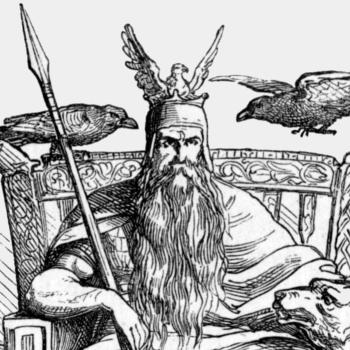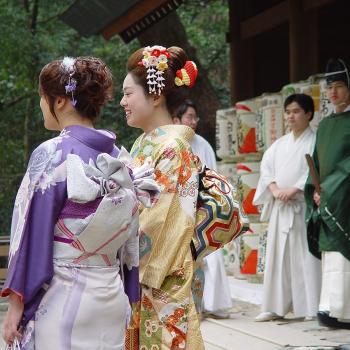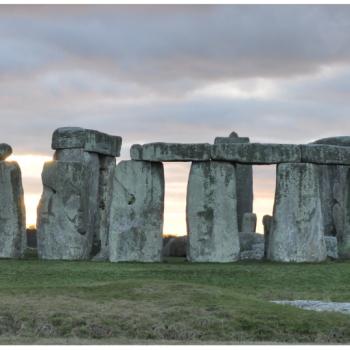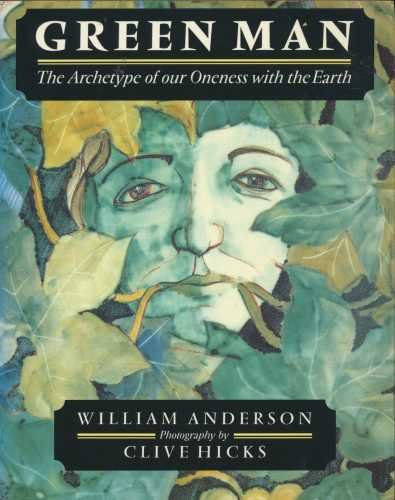 William Anderson, Green Man: The Archetype of Our Oneness with the Earth
William Anderson, Green Man: The Archetype of Our Oneness with the Earth
(HarperCollins Publishers Ltd; 1991)
Around Beltane I always get a little more obsessed with the Green Man than I am already; I swear his spirit fills me more at this time of year. I was therefore delighted to find this relatively old title in a secondhand bookshop recently and snapped it up at once.
Green Man: The Archetype of Our Oneness with the Earth is a celebration of the Green Man in just about every form with which he has been identified: The foliate heads found in churches, the Jack-In-The-Green dancers seen in British festivals, the Pagan figures of Cernunnos and Herne the Hunter, the legends of Robin Hood and Sir Gawaine, and plenty more besides. Taking a highly romanticised, rather than strictly factual, approach to interpreting the Green Man, Anderson’s writing oozes with passion and enthusiasm. He’s clearly been bitten by the Green Man bug like so many of us out there, and he cannot help but pour every thought he has on the Green Man on to the page. Luckily, this makes for fascinating and enjoyable reading, even if much of it is more the product of imagination than serious historical research.
But what really makes Green Man so special is the huge selection of high-quality photographs of Green Men throughout the book, taken by Clive Hicks. I found them so enchanting that I couldn’t help but skip back and forth through the pages to take in the photos without reading the text. Indeed, even without the writing, Green Man would be pretty strong simply as a Green Man photo collection. But it’s certainly worth reading the text, as the interpretations given about each photo are fantastic.
Green Man: The Archetype of Our Oneness with the Earth left me feeling even more enraptured with the Green Man than before. Possibly the best work I’ve read yet on this most mysterious and beloved of European Pagan figures.

